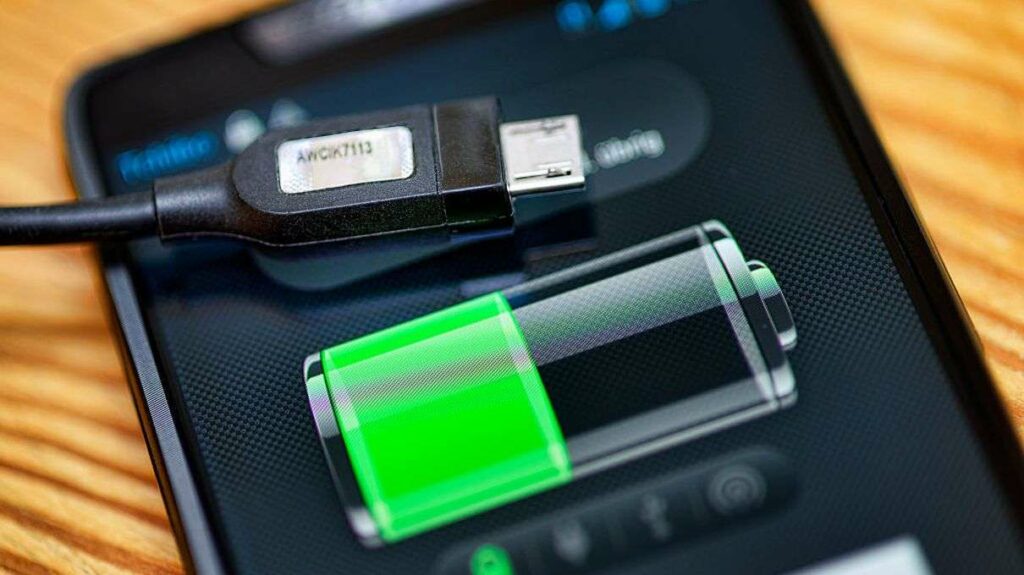The Most Dynamic Way for Google Pixel 3 Review
When you want to buy a new mobile phone, this Google Pixel 3 review will make it easier for you to understand those tons of blurry terminology which you’ll find in Google Pixel 3 catalog, e.g. storage capacity, exynos chip-set, battery performance (mAh), and screen features.
After announcing Google Pixel 3 by Google on 10/9/2018, this model has been Released 2018, October 18. However, this model status in the market is: Available.
When you buy Google Pixel 3, you will gain a 12.2 MP, f/1.8, 28mm (wide), 1/2.55″, 1.4µm, dual pixel PDAF, OIS rear camera and 8 MP, f/1.8, 28mm (wide), PDAF selfie camera. it Also has 64GB 4GB RAM, and 2915 mAh battery life (the more mAh value gives more strength to the battery).
Google Pixel 3 comes with Corning Gorilla Glass 5 as a screen protection that is intended to save the screen when the phone falls on hard and rough surfaces, and with 5.5 inches, 76.7 cm2 screen size.
Google Pixel 3 comes with the following OS and chips:
* Android 9.0 (Pie), upgradable to Android 12 OS,
* Qualcomm SDM845 Snapdragon 845 (10 nm) Chipset
* Octa-core (4×2.5 GHz Kryo 385 Gold & 4×1.6 GHz Kryo 385 Silver) Processor.
To understand the meanings of mobile phone specifications, continue reading this Google Pixel 3 review.
Google Pixel 3 Review of The Body Specs
When planning to purchase a new mobile phone, the body characteristics must be taken into consideration. These physical characteristics include body size, weight, and build. You can read Google Pixel 3 review in terms of the body characteristics in the lines that follow.
* Body Dimensions: 145.6 x 68.2 x 7.9 mm (5.73 x 2.69 x 0.31 in) which mean height, width, and thickness (depth) respectively.
* Body Weight: 148 g (5.22 oz).
For smartphones, a weight between 140g to 170g is considered suitable and appropriate for most customers.
* Body Build: Glass front (Gorilla Glass 5), glass back (Gorilla Glass 5), aluminum frame.
The following body kinds of the mobile phone are available:
* Metal. Due to the fact that it is constructed of metals, it is the strongest in terms of protecting the smartphone’s internal components.
* Plastic. This kind might be more durable than metal because it doesn’t bend. Additionally, because it doesn’t break easily, it has a longer working life than a glass one.
* Glass. This type of smartphone’s body looks more shiny and appealing, despite the fact that glass is more likely to break due to its fragile nature.
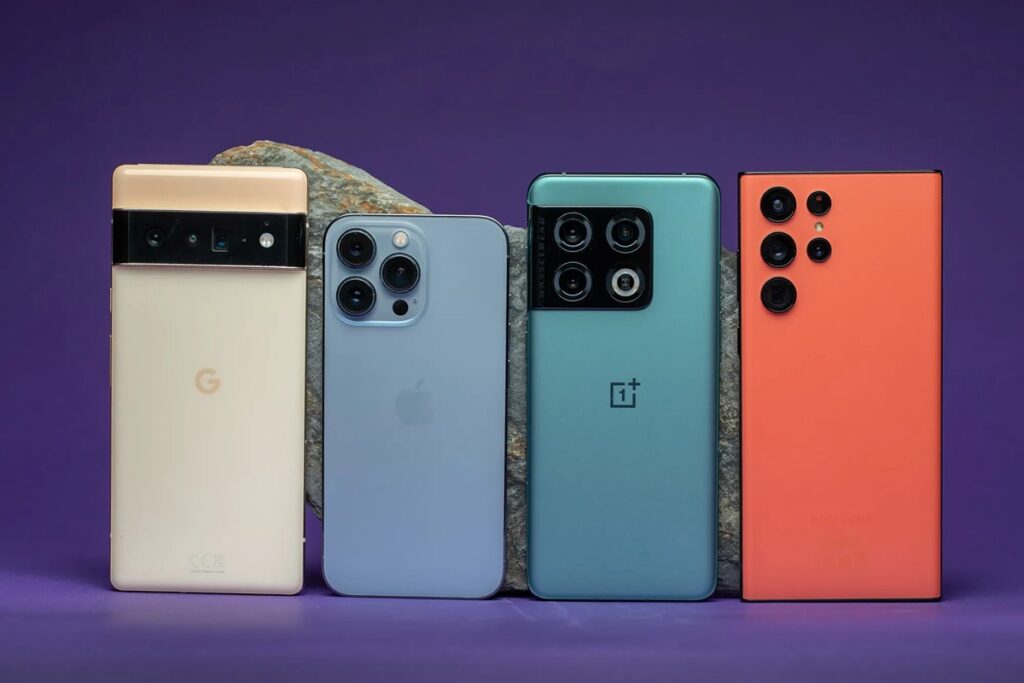
The Available Colors – Google Pixel 3 Review
Black and white are probably the most common colors for cellular phones covers, but that hasn’t stopped companies from producing plenty of other colors in order to attract more buyers.
Google Pixel 3 comes in the following colors: Clearly White, Just Black, Not Pink.
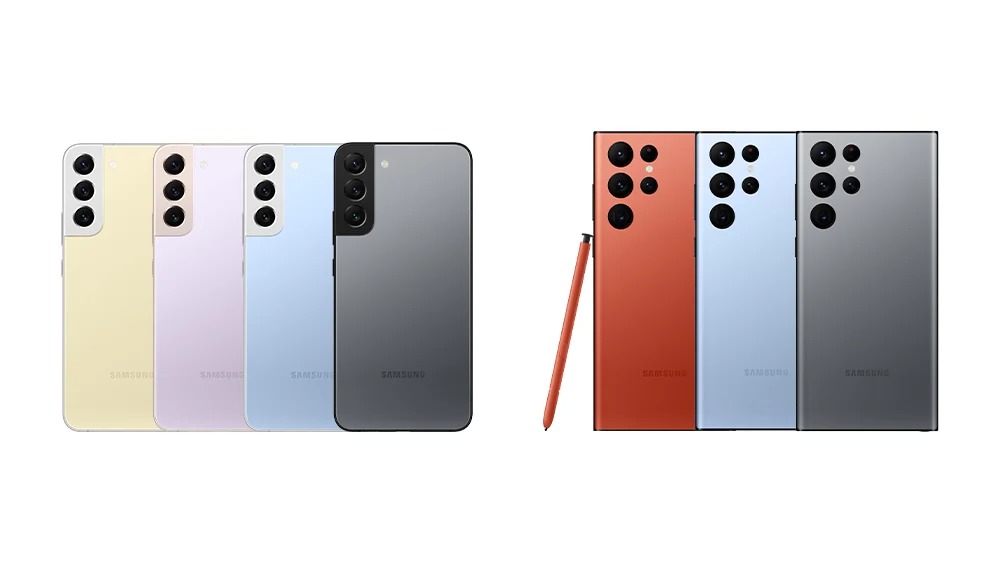
Knowing Display features Using Google Pixel 3 Review
With the rapid evolution of mobile inventions, it is hard to identify any cellphone or combination of characteristics as the best. This is relevant to the screen’s quality and characteristics. In fact, choosing it depends on your preference and the areas in which you use mobile phones. In the following lines, we will sort-out the fundamental display features of Google Pixel 3
Display Type: P-OLED – Always choose a screen type that offers proper black and more shining colors.
Display Size: 5.5 inches, 76.7 cm2 – The common standard screen size of mobile phones now averages between 4.7 and 6.5 inches.
Display HDR: HDR – HDR (High Dynamic Range) means a high contrast between the lightest and darkest areas of an image.
Screen To Body Ratio: (~77.2% screen-to-body ratio). It provides the percentage of how much of the front side is covered by the screen.. Smartphones that have the largest screen to body ratio look delicate and give it a premium look.
Display Ratio: 18:9 ratio. the Aspect ratio is the relevance between the height and width of the smartphone screen. Taller aspect ratios like 19.5:9 is coming with the most modern smartphones, and it is suitable for web browsing, and other portrait orientation apps.
Display Resolution: 1080 x 2160 pixels. It is the clarity of an image video in details and sharpness. The pixel resolution for high definition screens is 1920 x 1080.
Display Density: (~443 ppi density). It is the number of physical pixels per inch on a screen, and is measured in Pixels Per Inch (ppi).
Display Protection: Google Pixel 3 comes with the following display protection:
* Corning Gorilla Glass 5
* Corning Gorilla Glass 5.
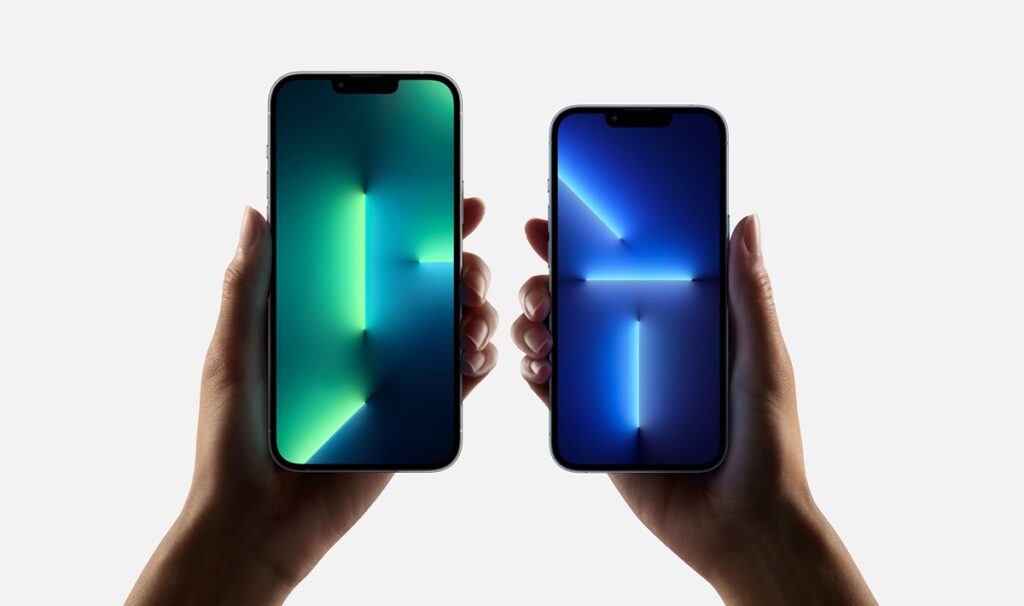
Google Pixel 3 Review of The Camera Specifications
In the following lines, you will find Google Pixel 3 review about the main cameras.
* Main Camera Single: {12.2 MP, f/1.8, 28mm (wide), 1/2.55″, 1.4µm, dual pixel PDAF, OIS}.
The following lines sort-out some of the symbols included in the camera features:
MP (Megapixels) is the resolution of the image taken by a cellular phone.
(f value) is the aperture of a lens indicates how much light it lets in. The larger the aperture, the more light is let in; and vice versa.
(mm value) This measurement is of the lens’s focal length, which affects the final image that is produced by your camera.
AutoFocus (AF) is the function of a camera to automatically focus on a subject.
The main camera features are as follows:
Auto-HDR, panorama, Pixel Shift, 4K@30fps, 1080p@30/60/120fps, 1080p@30fps (gyro-EIS) main video camera.
Here is the Google Pixel 3 review of the selfie camera:
* Selfie Camera Single: 8 MP, f/1.8, 28mm (wide), PDAF
* Selfie Camera Dual: 8 MP, f/2.2, 19mm (ultrawide), no AF
The main camera specs are:
Auto-HDR, 1080p@30fps Selfie video camera.
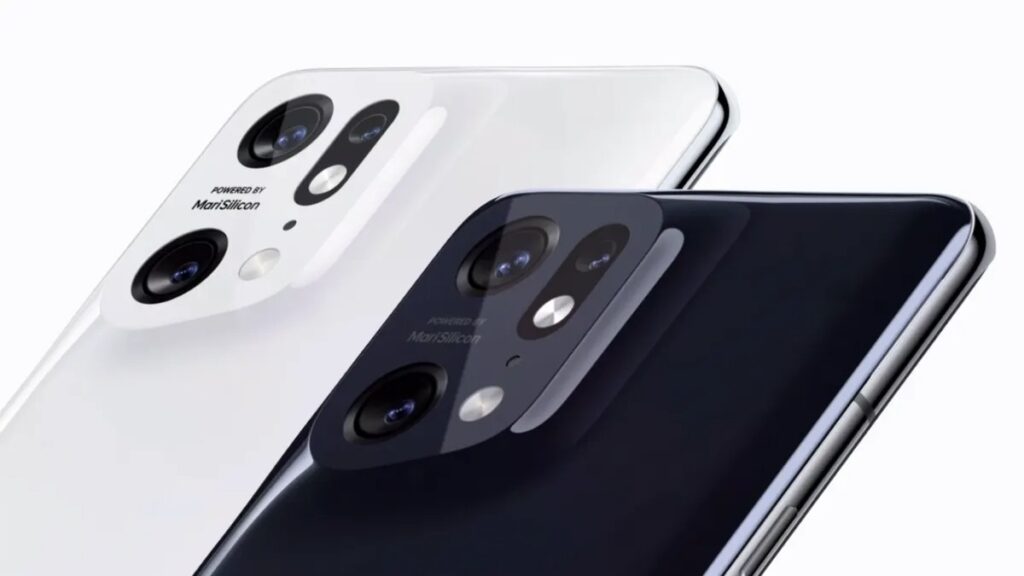
Knowing The SIM Specs By Reading Google Pixel 3 Review
A SIM card, also known as a Subscriber Identity Module, is an electronic card that stores information including user identity, phone number, network authorization data, personal security keys, and contact lists. A SIM card connects a cellular phone to a specific mobile network to use its functions, like making calls, connecting to internet services such as 3G, 4G LTE (please refer to Google Pixel 3 3G or Google Pixel 3 4G articles ) and 5G, or sending SMS messages. Please note that its possible to use your smartphone without SIM card as a personal assistant device.
This phone model comes with Nano-SIM card & eSIM card. For more information, refer to How to insert SIM card in Google Pixel 3 article.
Here are the popular SIM card kinds:
* Nano SIM. This removable SIM card size is the smallest available one, so it is the most modern one (other than eSIMs, which we’ll talk about it very soon) and it’s used by the vast majority of current cellular phones.
* Micro SIM. They have a little bit larger chip, and they’re rarely been used in the recent years.
* Standard SIM (Mini SIM). It is the biggest SIM card size in use, and it’s the most seldom used.
* eSIM. It is an embedded SIM card, meaning that you can’t remove it from your cellular phone.
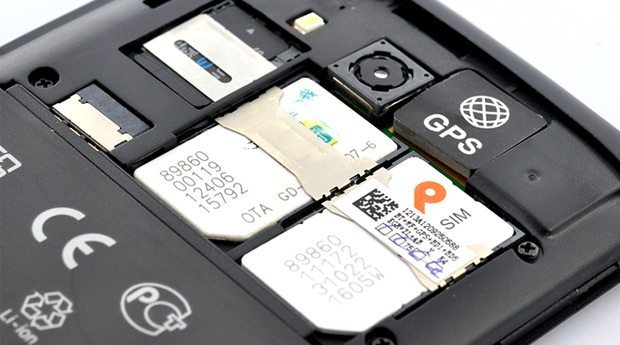
Google Pixel 3 Review of The Performance
This model has Qualcomm SDM845 Snapdragon 845 (10 nm) chipset.
Advanced embedded chipsets in cellular phones allows the performing of many different tasks depending on their programming. They are built-in as part of the complete device including hardware and mechanical parts. The most common chipset types are: QUALCOMM Snapdragon, INTEL ATOM, and MEDIATEK CHIPSETS..
Google Pixel 3 has Octa-core (4×2.5 GHz Kryo 385 Gold & 4×1.6 GHz Kryo 385 Silver) CPU.
CPU (Central Processing Unit) performance is vital for the daily user experience. Thus, the higher the number of cores, and the higher the value of processing speed the better the performance will be..
Google Pixel 3 has the following GBU (Graphics Processing Unit): Adreno 630.
This chip is responsible for processing all graphics jobs. Actually, Users are now more familiar about the various GPU chip models included in smartphone chipsets and sometimes take their performance into account when making purchases.
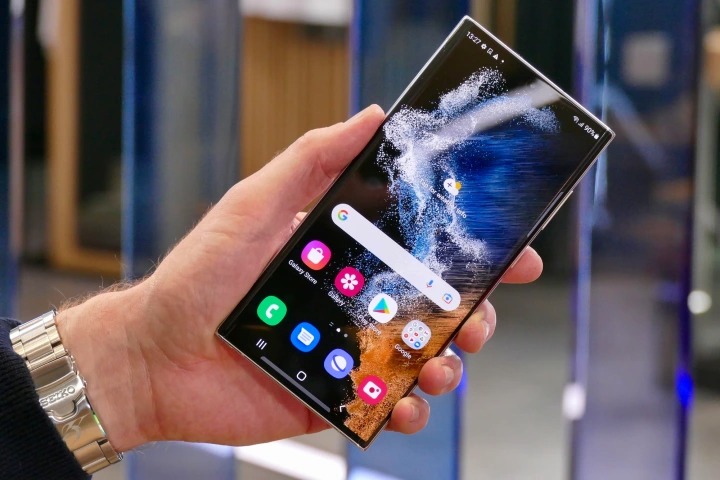
Google Pixel 3 Review of the Storage Specs and Capacity
The quantity of storage that a new cellular phone offers is one of the key decision considerations.. and the following internal memory: 64GB 4GB RAM – 128GB 4GB RAM
Two types of phone’s memory are available:
Internal: It is built in the phone, and can’t be expanded. Nowadays, the majority of mobile phones have internal storage that is at least 32GB or 64GB and a few high-end models feature 256GB or 512GB.
External: It is a removable SD card used as an extra storage to store photos, music, videos, etc., regardless of the kind of SD card slot.
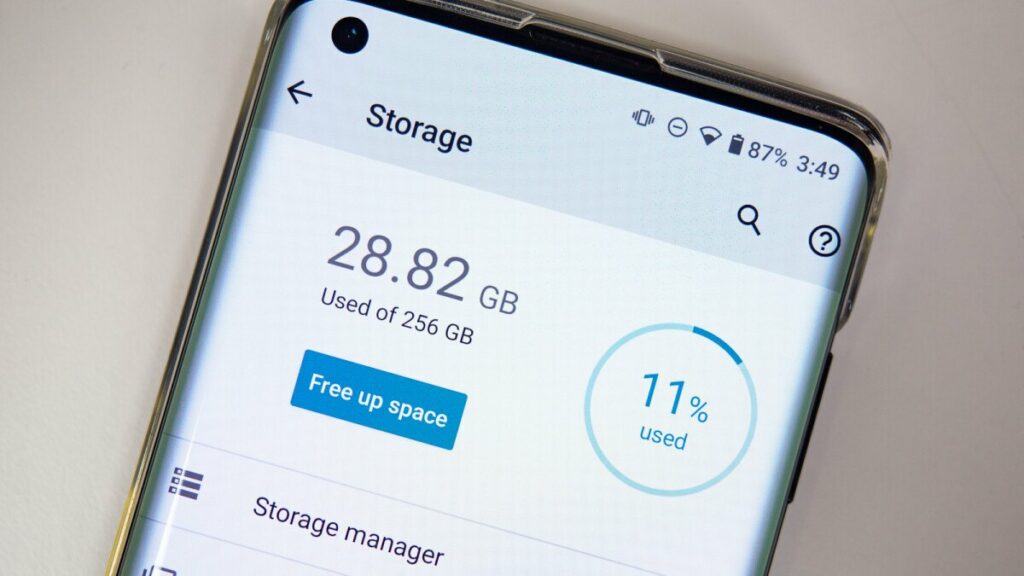
Google Pixel 3 Review – Mobile Networks and communication
Mobile networking is a term used to describe technologies that can provide wireless voice and/or data network connections. There are 3 kinds of mobile networks in use: 3G, 4G (LTE), and 5G. Most modern mobile phones can use all networks. However, 5G has been innovated with an enhanced capacity to enable next-generation user experiences, support innovative deployment models, and provide new services.
Google Pixel 3 supports the following networks: 3G. For more info, refer to Google Pixel 3 3G article. – 4G. For more information, refer to Google Pixel 3 4G article.
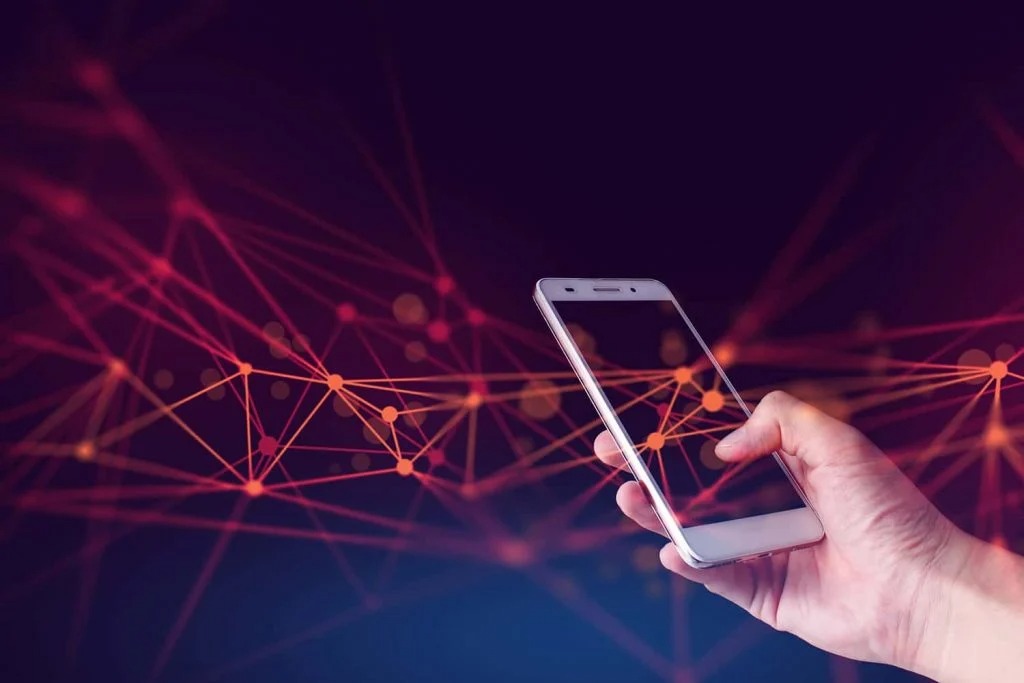
Google Pixel 3 Review of The Available Wireless Connections
This model supports the following wireless connections:
* WLAN connection: {Wi-Fi 802.11 a/b/g/n/ac, dual-band, Wi-Fi Direct, DLNA, hotspot}. Wireless Local Area Network uses Wi-Fi to connect to the home or office wireless network using the local router and provides Internet access.
* Bluetooth connection: {5.0, A2DP, LE, aptX HD}. It is a common wireless communication protocol used to communicate two devices together over short ranges, allowing them share data between different devices.
* GBS connection: {Yes, with A-GPS, GLONASS, BDS, GALILEO}.Global Positioning System allows cellular phone to locate any position you need.
* NFC connection: {Yes}.Near Field Communication is a wireless technology that allows your phone to transfer data to another device when they’re close together, so it’s commonly used for contactless payments. For more information, refer to NFC on Google Pixel 3 article.
* USB connection: {USB Type-C 3.1}.Universal Serial Bus is wired technology that allows users to connect two devices, such as a smartphone with a PC, to either transfer data or to charge the connected device.
* Features Sensors: {Fingerprint (rear-mounted), accelerometer, gyro, proximity, compass, barometer}. The sensor is a device that detects and majors the changes in the nearby environment such as ambient light and motion.
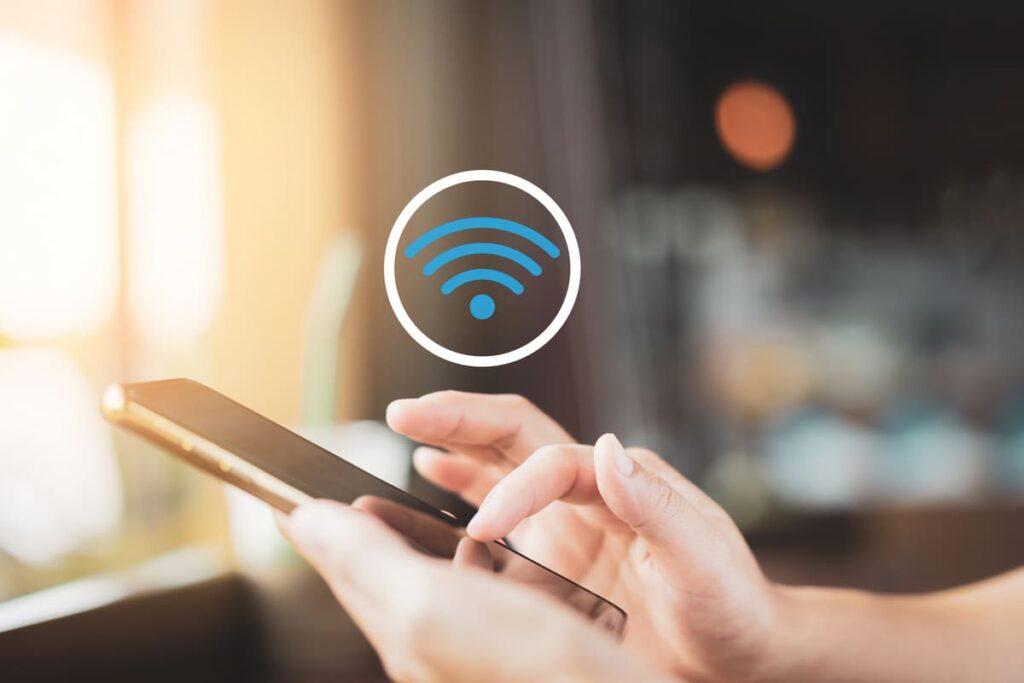
Google Pixel 3 Review – The Operating System
This model comes with {Android 9.0 (Pie), upgradable to Android 12} operating system.
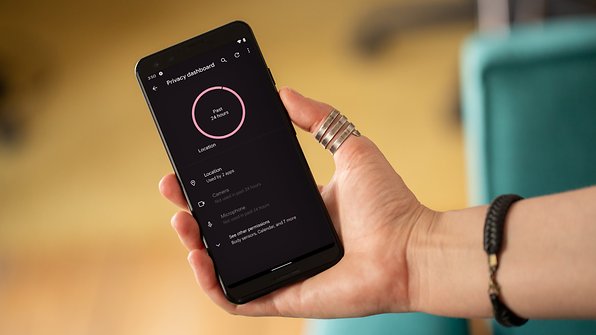
PHONE Review – The Battery Main Specifications
Nothing is more crucial than the battery of the cellular phone that keeps these gadgets running and keeping daily life functioning. The following lines are demonstrating Google Pixel 3 review of its primary battery.
* Battery Technology: {Li-Po}.
* Google Pixel 3 comes with {non-removable} battery.
* Battery Capacity: {2915} mAh. It refers to the storage capacity a specific battery may offer. A battery with 3100 mAh capacity rating could supply a current of 3100 mA for one hour. Higher mAh ratings for the same battery kind will generally mean more working time.
* Battery Charging: {Fast charging 18W}.
* Battery Charging Time: {50% in 35 min (advertised)}.
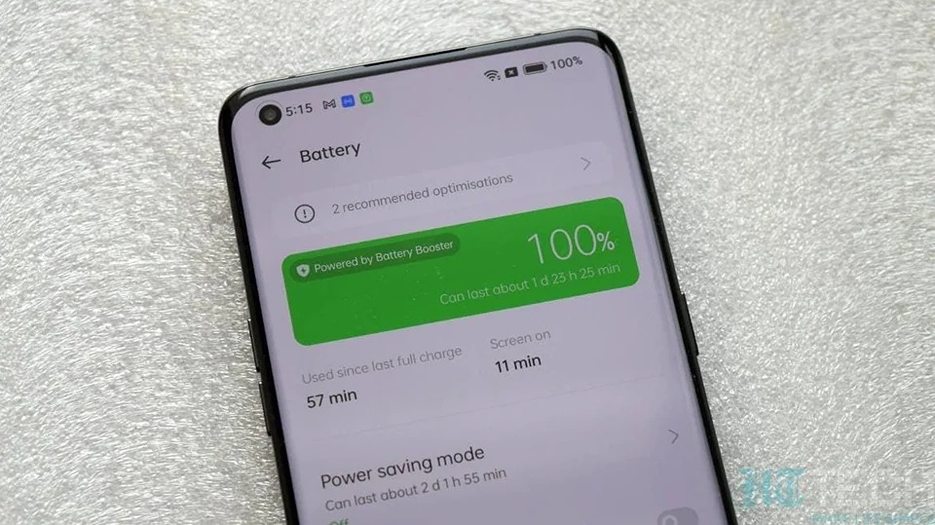
The Battery Secondary Specifications – Google Pixel 3 Preview
Along with the major Google Pixel 3 characteristics that we just discussed, this model contains more battery-related characteristics that differ somewhat depending on the type of mobile phone. These features are as follows:
* Battery Charging Original: {Fast charging 18W, USB Power Delivery 2.0, Wireless charging}.
* Quick Charge: {Quick Charge 3.0}.
